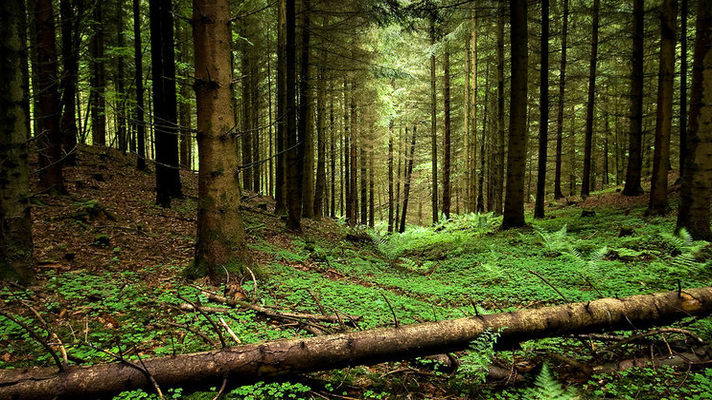Forest massifs of Pip Ivan Mountain are an interesting scientific object for foresters, as on its slopes there is a number of high-altitude zones, namely:
- the lower mountain-forest belt (approximately 1100 m), which consists of beech and mixed fir-spruce-beech forests;
- upper mountain-forest belt (up to 1 500 m), represented by fir and fir-spruce forests;
- subalpine belt (1500-1800 m), where crooked and thin forests from low-growing pine, mountain alder, juniper, as well as corn-grass meadows are widely spread;
- Alpine belt (above 1800m) embraces low shrubs and grass meadows.
- The most interesting for the foresters are the first two belts, as the most valuable tree species of the Carpathians are concentrated there.
- Among the forest research, we plan to set a number of establishments for monitoring forest-tax indicators of forest stands. In order to measure the impact of diseases and pests on forest sustainability, forest-pathological and entomological studies will be systematically conducted. Due to global climate change, dendrochronological and dendroclimate studies will be conducted; the presence of a meteorological station in the observatory will provide representative data on the influence of natural factors on the growth of forests. On the basis of the obtained data, it will be possible to develop recommendations for forestry enterprises in forest management.
As the territory of Mount Pip Ivan is in a natural reserve fund, it allows us to study the processes occurring in forest without human influence.
Also, the value of this object is that on the basis of established houses for conducting research, it is possible to form demonstration facilities for the training of students of natural sciences, as well as create a base for conducting educational practices.

